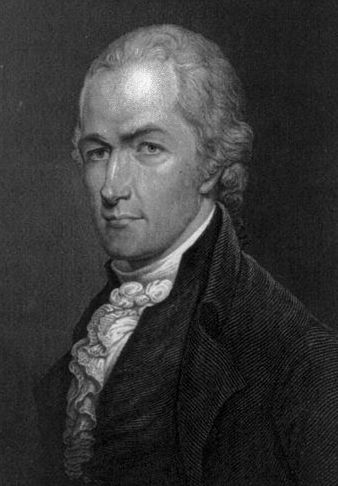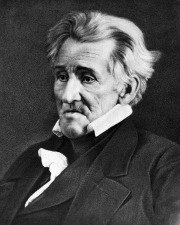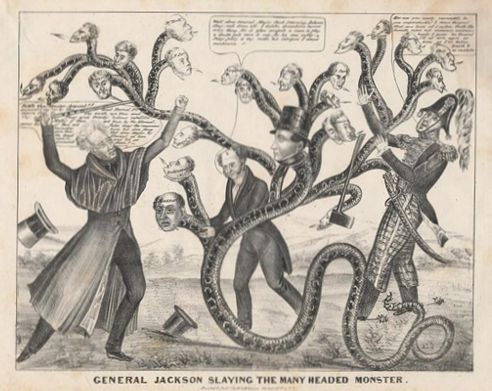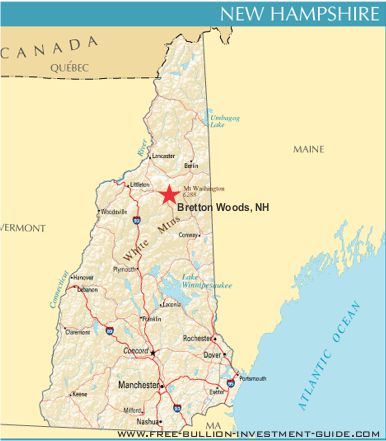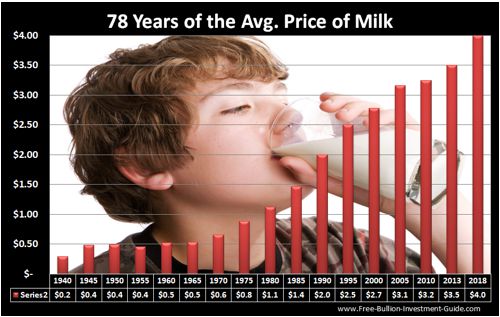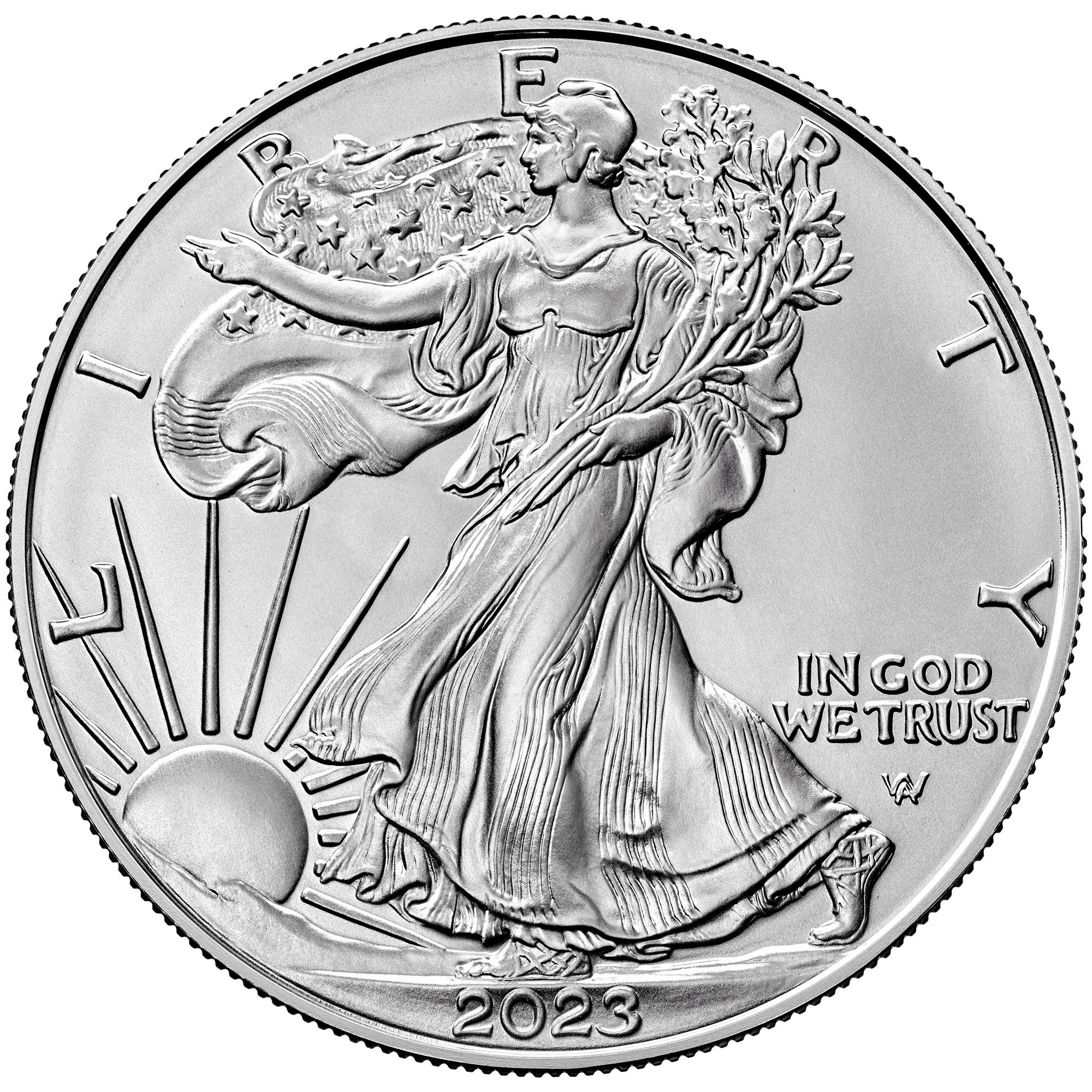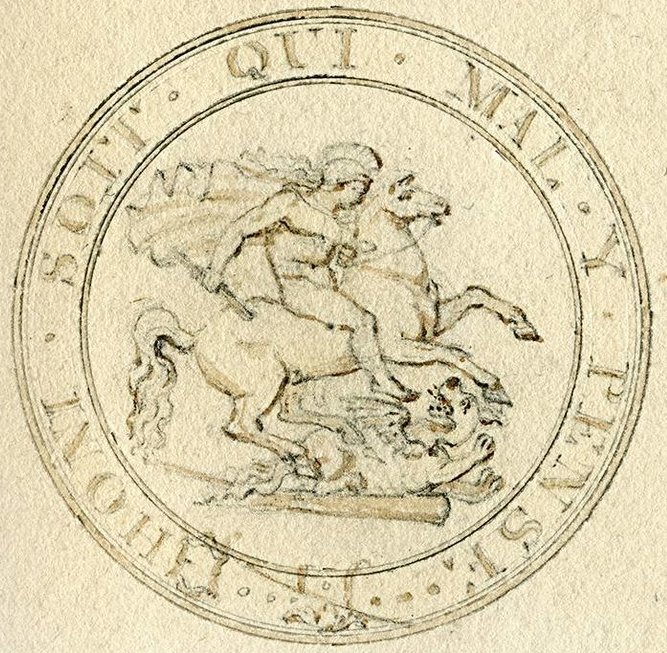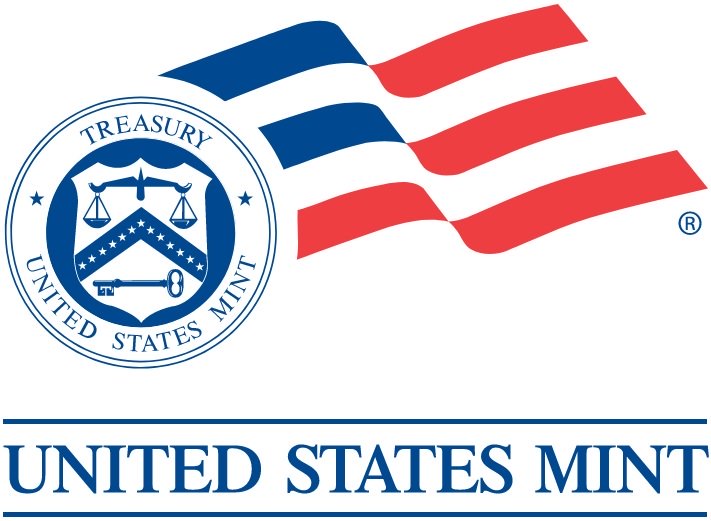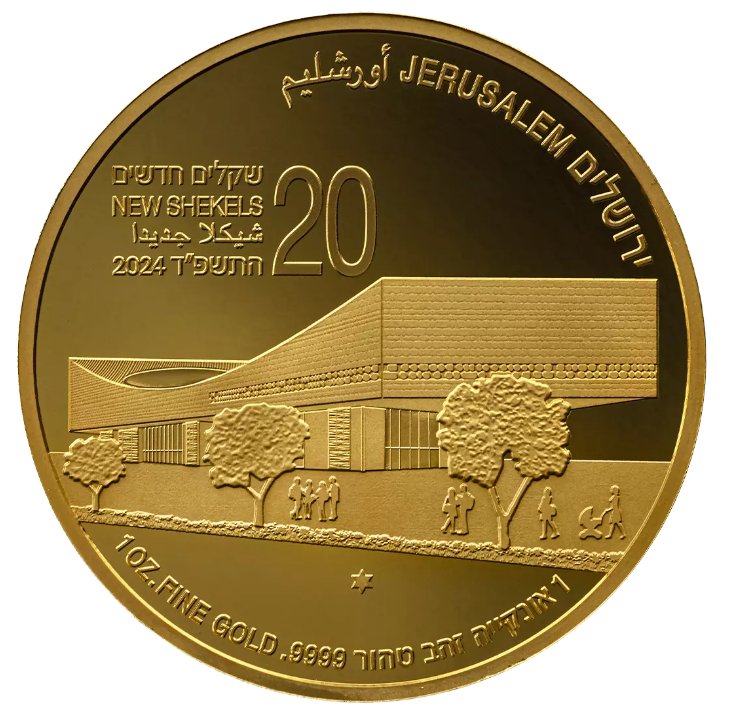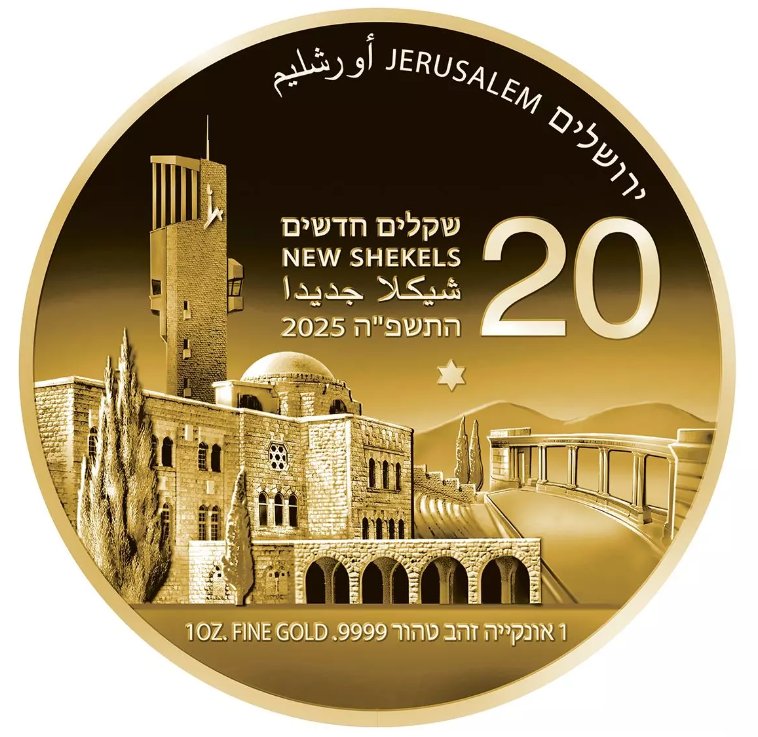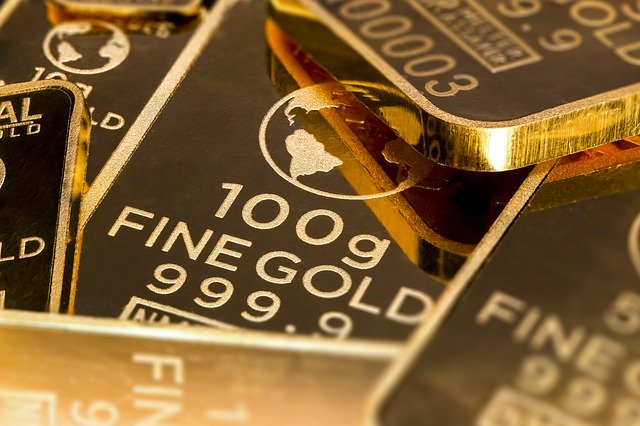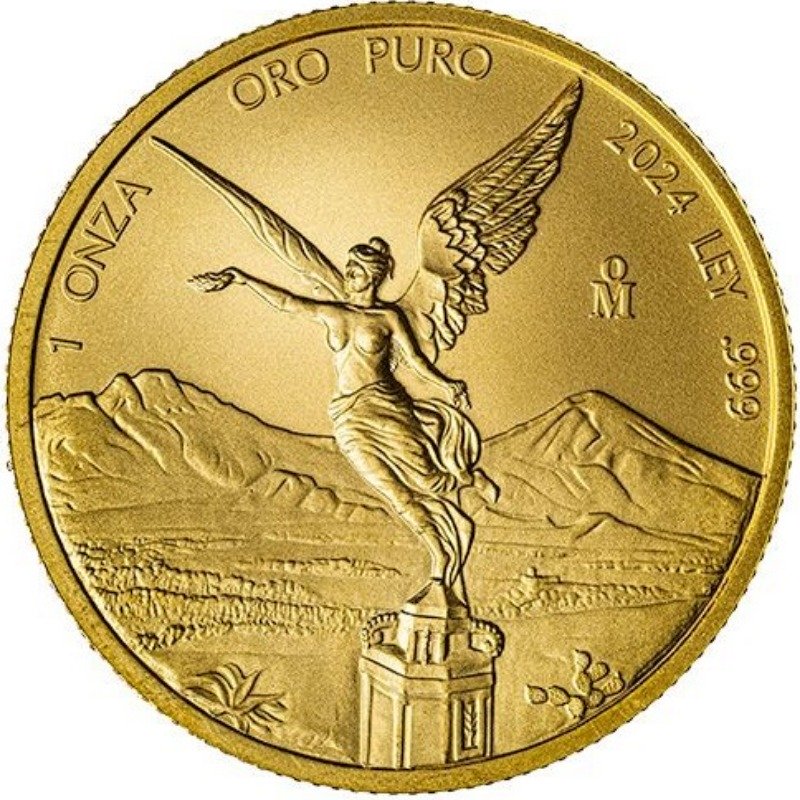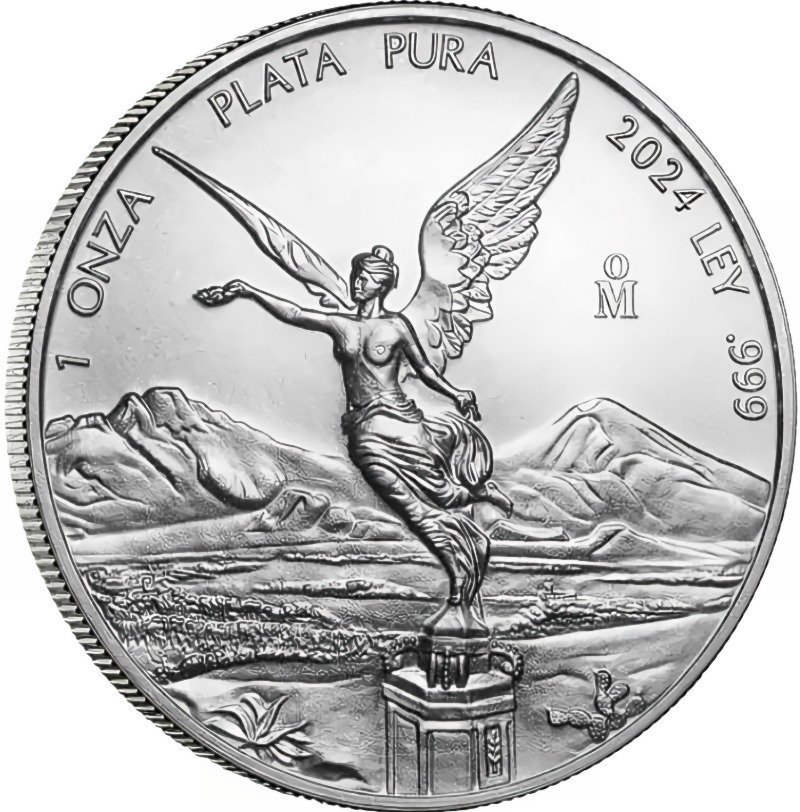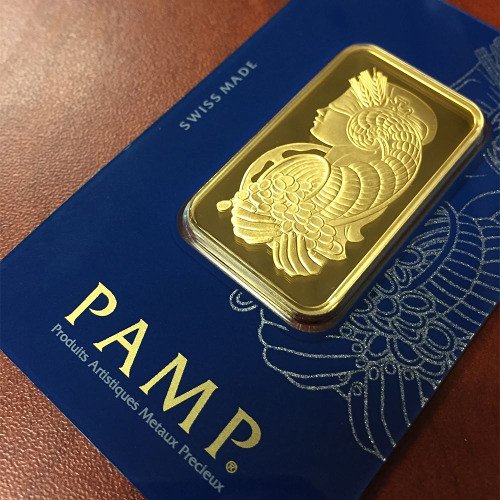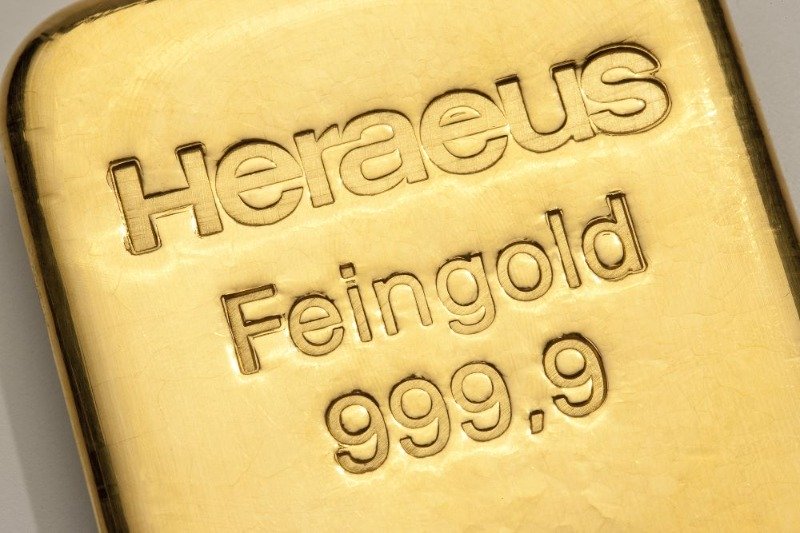Homepage / Bullion Investment Basics: Bullion Glossary / F - Federal Reserve System of the United States
The
U.S. Federal Reserve
System
The U.S. Federal Reserve System (a.k.a the Federal Reserve or just 'the Fed') is the central banking system for the United States of America.
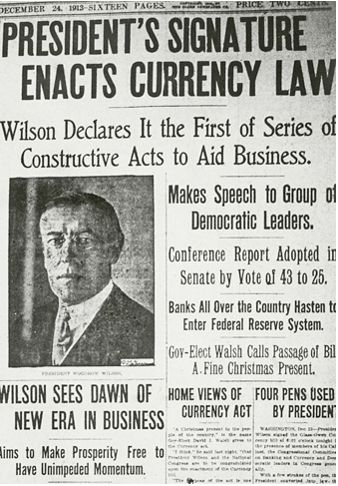
On
December 23rd, 1913, President Woodrow Wilson, signed into law the
Federal Reserve Act that authorized the creation of the Federal Reserve
System of the United States
The U.S. Congress has established three key objectives for monetary policy in the Federal Reserve Act: maximum employment, price stability, and it is to monitor and adjust short-term interest rates.
The first two objectives are sometimes referred to as the Federal Reserve's "Dual Mandate."

4.8 star - Customer Reviews
The History of Central Banks
in the United States
The First Bank of the
United States
In the 1780's, Alexander Hamilton, who would eventually become the
United States' first Secretary of the Treasury, was a leading advocate
for creating a central bank for the United States.
Hamilton believed the new government of the United States needed a central bank so it could separately monitor and stabilize the monetary system.
Furthermore, he wanted to use the Bank of England as a blueprint for how his Central Bank would work, which did not make him popular in the Post-Revolutionary War Era.
In 1790, during the first session of the First Congress, Hamilton officially proposed the "Bank Bill" which would create the First Bank of the United States.Hamilton's proposal came with a lot of resistance, most notably from Thomas Jefferson
Jefferson argued that the bank was unconstitutional and that it benefited the wealthy at the expense of the common man.
President George WashingtonWashington asked his cabinet members their thoughts about the bill, to help him make his decision.
Washington
heard opposition from his Secretary of State, Thomas Jefferson and from his
Attorney General, Edmund Randolph.
After hearing their argument's
against Hamilton's 'bill', Washington wavered on enacting
the "Bank Bill" into law.
However, Hamilton who served as Washington's senior aide during the Revolutionary War had earned great respect from Washington.
So when Hamilton vehemently supported his positions for the "Bank Bill,"
President George Washington agreed with Alexander Hamilton and signed the "Bank Bill" into Law on February 25th, 1791.
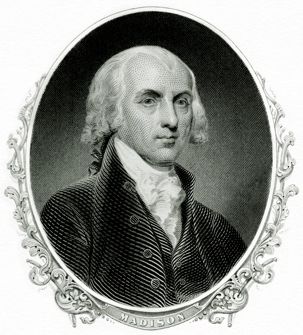 President
PresidentJames Madison
In response to this, the First Bank of the United States was established.
The First Bank of the United States was headquartered in Philadelphia and had several branches in other major cities.
The Bank was given a charter that allowed it to operate for 20years.
James Madison, like Thomas Jefferson, did not believe the First Bank of the United States was Constitutional.
The Second Bank of the
United States
In the aftermath of the War of 1812, a revival of interest in a
central bank began to re-root itself among the citizens of the United States.
The federal government suffered from the disarray of an unregulated currency and a lack of fiscal order.
Modeled
on Alexander Hamilton's First Bank of the United States, the Second
Bank was chartered by President James Madison, in 1816.
Like the First Bank of the United States, the Second Bank of the United States was given a 20 year charter, to operate.
Shortly
after the Second Bank was created, it stirred growing ridicule, many
felt that its mismanagement helped bring on the panic of 1819.
In addition, there was growing resentment from the States over the Second Bank's special banking abilities.
The State of Maryland imposed a tax on any bank that was not chartered within the state. This was a direct attach against the Second Bank of the United States because it was the only bank not chartered by the state.
The cashier of the Second Bank, James McCulloch, refused to pay the tax and the State of Maryland countered with a lawsuit.
But in 1819, the U.S. Supreme Court affirmed the constitutionality of
the
Bank under McCulloch v. Maryland, which said that the Constitution had
granted Congress the implied power to create a central bank and that the
states could not legitimately constrain that power.
In 1832, the renewal of the 20 year charter for the Second Bank
of the United States became a big issue during President Andrew
Jackson's re-election campaign.
Jackson was not a friend to the
central bank, his views against the bank were the same as those of
Thomas Jefferson had against the First Bank of the United States.
Jackson did not think the central bank was constitutional, also, he believed that the bank favored special interests i.e.: stock investors and the wealthy over that of the common man.
Furthermore, in 1832, Congress voted to reauthorize the Bank's Charter for another 20 years, but President Andrew Jackson vetoed the bill, which helped him win a second term.
Shortly thereafter, Jackson removed federal deposits from the bank and distributed the funds among several private banks.
There were many efforts by the supporters of the bank including the President of the bank, Nicholas Biddle, to have the Charter renewed for the Second Bank of the United States.
However, there efforts did not succeed.
Note: See the Sources Section Below, click "Wikipedia - Bank War" to learn more about this episode in U.S. American History.
The US Federal Reserve
Federal Reserve Act is an Act that was signed into law by President Woodrow Wilson on December 23, 1913, it established the Federal Reserve Banking System.
The basic function of the Federal Reserve is to make possible the flow of credit and money that will promote orderly economic growth and a stable dollar.
Federal Reserve Banks
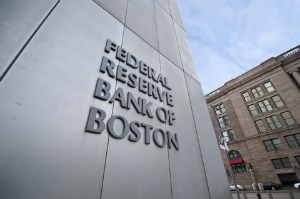
A Federal Reserve Bank is one of twelve banks created under the Federal Reserve Act.
Each bank acts as a fiscal agent for the United States in each of the twelve Federal Reserve Districts.
Every US Federal Reserve bank has a number according to the district in which it operates.
The following are the twelve US Federal Reserve cities and their district numbers.
1. Boston
2. New York City
3. Philadelphia
4. Cleveland
5. Richmond
6. Atlanta
7. Chicago
8. St. Louis
9. Minneapolis
10. Kansas City
11. Dallas
12. San Francisco
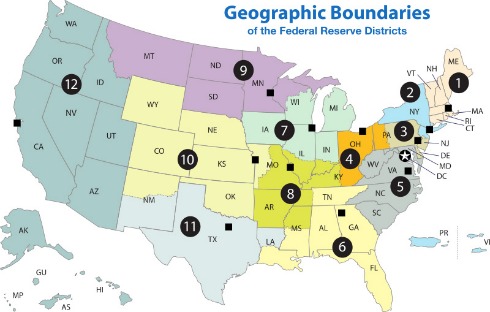
Note: Puerto Rico and the Virgin Islands belong to District 2; Alaska and Hawaii belong to District 12.
Federal Reserve Board
The Board of Governors of the Federal Reserve System consists of seven members appointed by the President and confirmed by the US Senate.
They are appointed to terms of 14 years, with terms arranged that one expires every two years. No two members of the board come from the same Federal Reserve District.
The picture below is of the Federal Reserve Building located in Washington, D.C., where the Federal Reserve Board of Governors, meet to discuss policy.
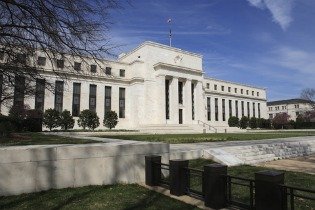 The Federal Reserve Building
The Federal Reserve Building in Washington, DC
Sources:
Digital History - Chapter 4 - Hamilton, Jefferson and the First National Bank of the United States
PBS - Landmark Cases - McCulloch v. Maryland
Wikipedia - Bank War
Wikipedia - Andrew Jackson
More Pages You May Like...
OR
For the Best Bullion Market News...
Notice:
The charts, commentary, and information on the Free-Bullion-Investment-Guide.com are not meant to encourage you to invest or divest in any particular way.
|
Support this Guide & Paypal Thank You for Your Support |
|
|
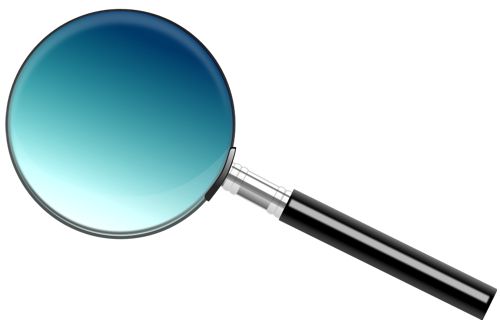 | |||||

This website is best viewed on a desktop computer.
Keep this Guide Online
& Paypal
Thank You for
Your Support
with Feedly
Search the Guide
| search engine by freefind | advanced |
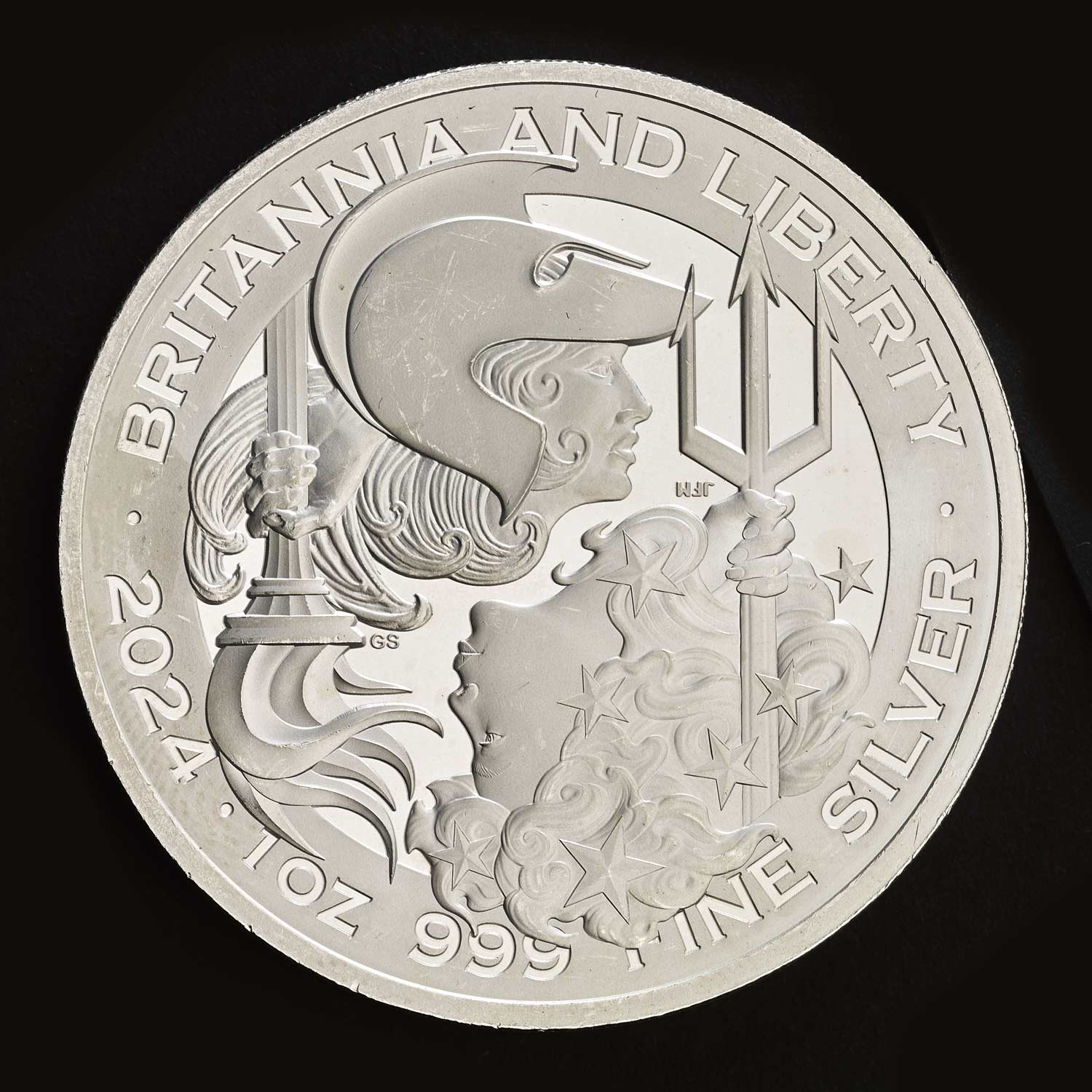
from the Royal Mint
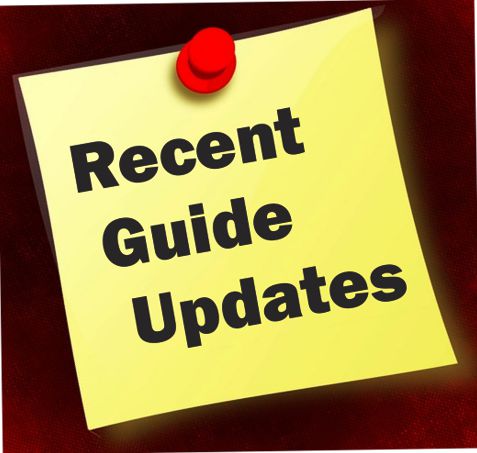
Daily
Updated Mintages for
American Gold Buffalo
American Gold Eagle
American Silver Eagle
Newsletter
Newsletter
2024 & 2025
Jerusalem of Gold Bullion
Coin photos
(bottom of page)
Mintages
for
2024
Gold & Silver Mexican Libertad
|
Gold Libertads |
Chinese Gold Coin Group Co.
& Chinese Bullion
Help Us Expand our Audience by forwarding our link
www.free-bullion-investment-guide.com.
Thank You!
Last Month's

In No Particular Order
October 2025
|
Gold and Silver: When to Take Profits? - 3 questions before you cash out... - Bullion Vault A Gold Crash Everyone Saw Coming Lures Bargain Hunters Worldwide - Bloomberg (Yahoo Finance) Info~Graphic: Charted: Gold and Silver Performance (1999-2025) - Mining Visuals Palladium Is the Mega Champ This Week. Here’s Why It Jumped and What to Watch Next - Finance Magnates Gold an ideal hedge against AI bubble: BofA - MINING.COM Report: Gold Demand Trends: Q3 2025 - World Gold Council Thoughts on the Dollar - Most investors don’t have direct exposure to the currency mix that makes up the Dollar Index (DXY), but that doesn’t mean it’s irrelevant. Far from it. DXY offers a useful lens through which to view the broader forces shaping the dollar’s direction. - Marc to Market Ray Dalio Says Investors Should Allocate 15% of Their Portfolios to Gold - GoldBroker.com Bargain Collector: Is “Inexpensive Gold” Even Possible? - When gold feels out of reach, think smaller. These 1/20th-ounce bullion coins from around the world might just be the hobby’s best hidden bargains. - Numismatic News From $2.9 billion to $36 Trillion, See Which US Presidents Added The Most To the US Debt - 24/7 Wall St. In the investigation of Istanbul Gold Refinery Inc., 20 people were arrested - 20 people who were referred to the court in the investigation of Istanbul Gold Refinery Inc. have been arrested.- Haberler Video: (33:50) Inside Sunshine Minting Inc's Operations - Video Title: "Inside a FORTRESS Containing $2BILLION in Gold and Silver!" - ProducerMicheal (YouTube) What Are We Buying When We Buy Gold? - Man Institute (.pdf) Report: The Big Long: The Chartbook of the In Gold We Trust Report 2025 - incrementum Junk Silver Isn’t Always Junk - Not all old, tarnished, and worn silver coins are melt-worthy junk, even if they’re commonly called junk silver. - GoldSeek Info~Graphic: Central Banks Now Hold More Gold Than U.S. Treasuries - Visual Capitalist Gold Nanoparticle Cancer ResearchGold Nanoparticles Boost Targeted Cervical Cancer Therapy - Bioengineer.org Sona Nanotech Reports 80% Response Rate in First-In-Human THT Cancer Therapy Study - CanTech Letter Nanotechnology's breakthrough: diagnosing and curing cancer - Exploring the advancements in nanomedicine for targeted therapies, enhanced diagnostics, and immune activation in cancer treatment - meer Nanotechnology Revolutionizes Cancer Treatment with Precision Drug Delivery and Reduced Side Effects - Bioengineer.org |
All Articles were Originally Posted on the Homepage
